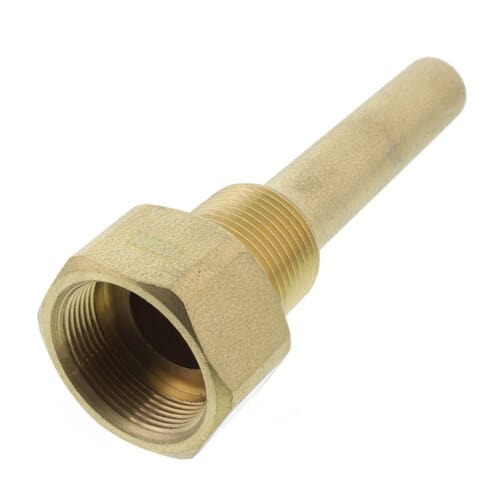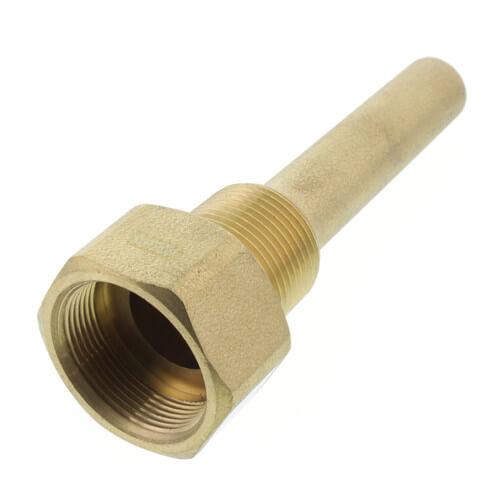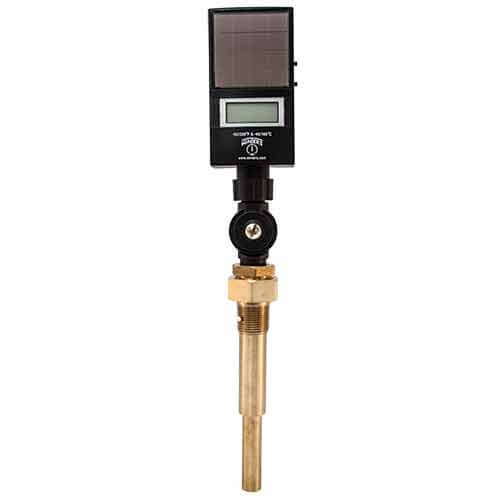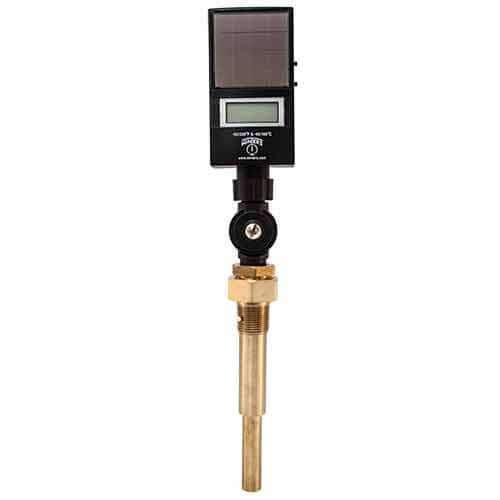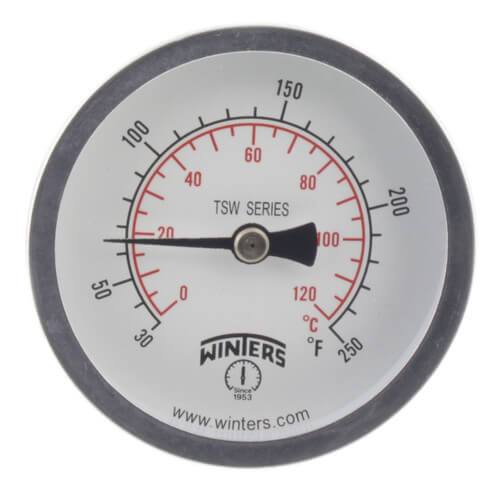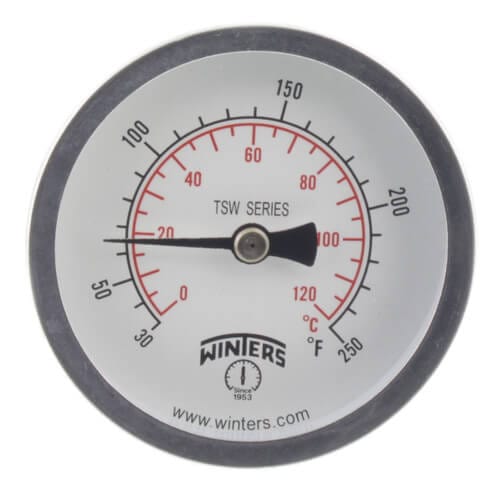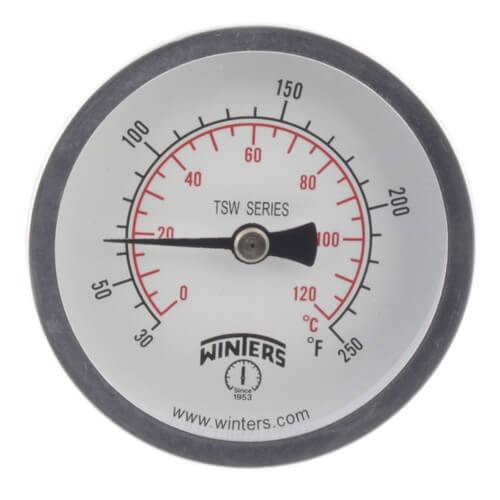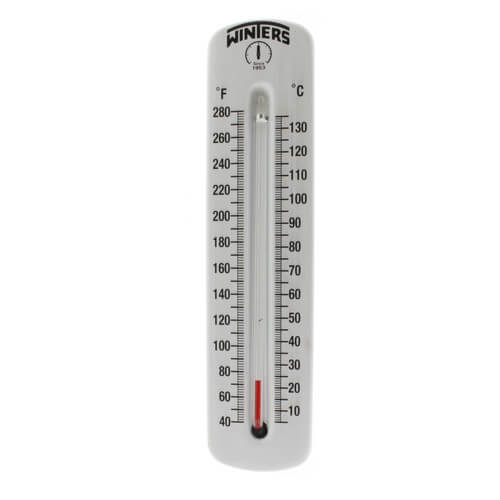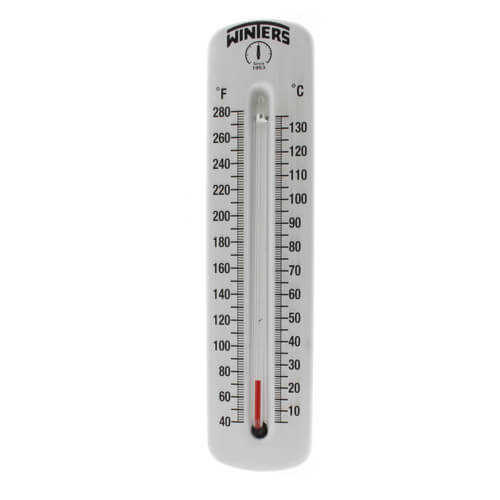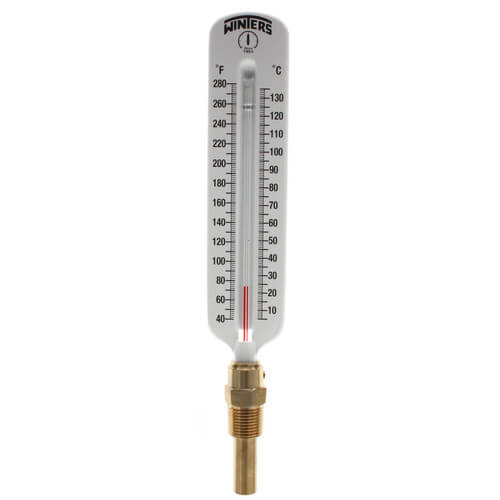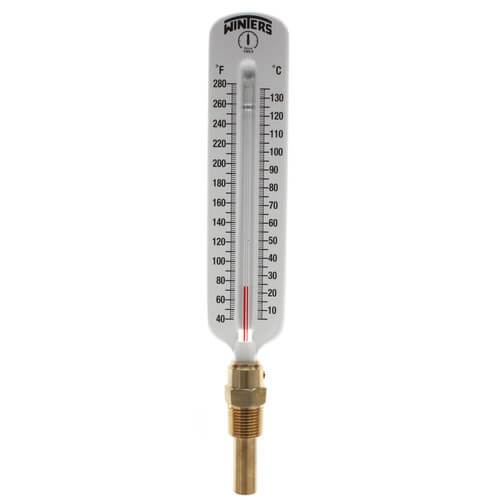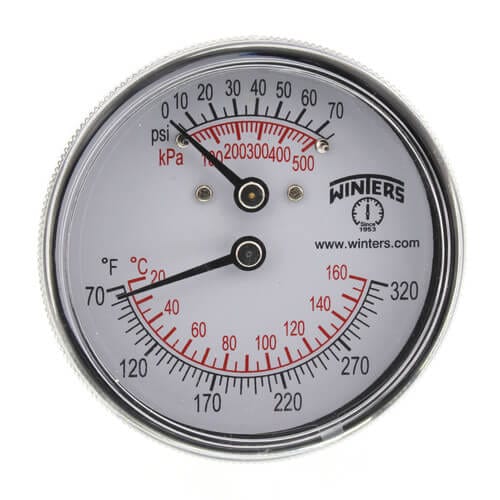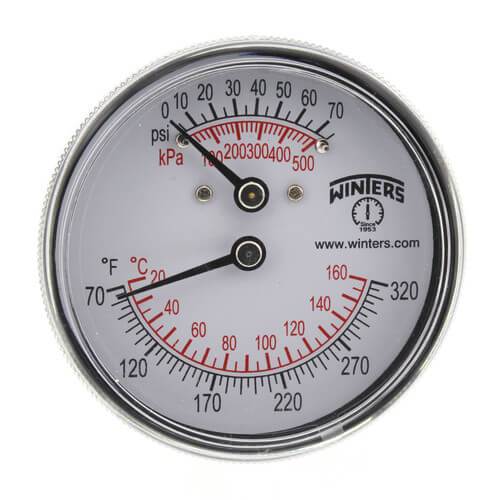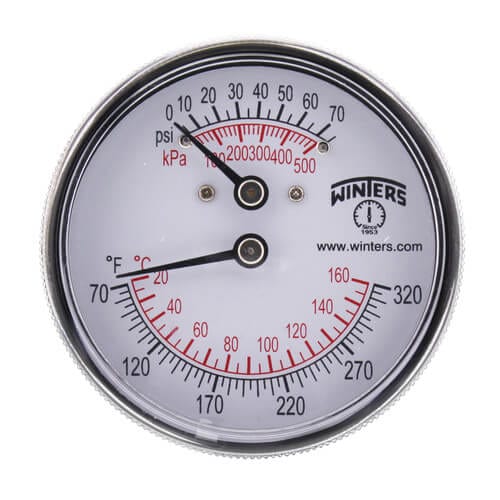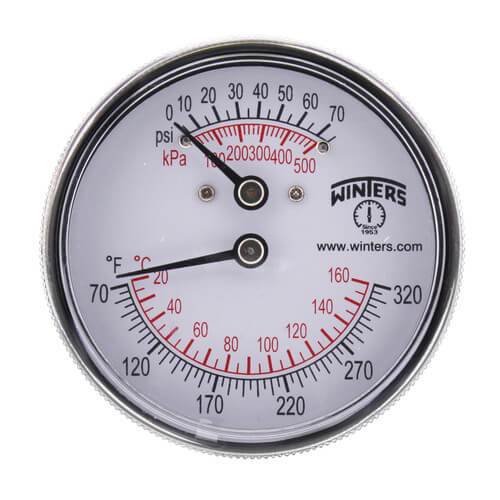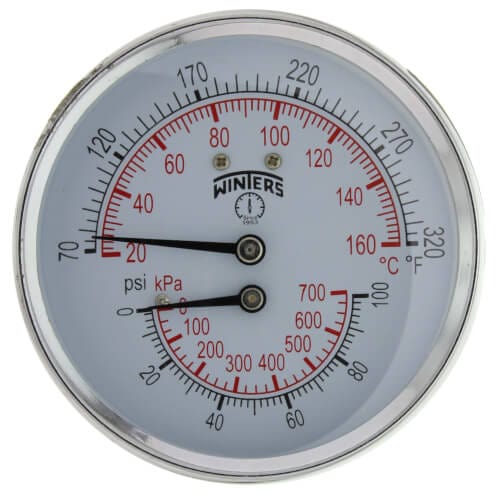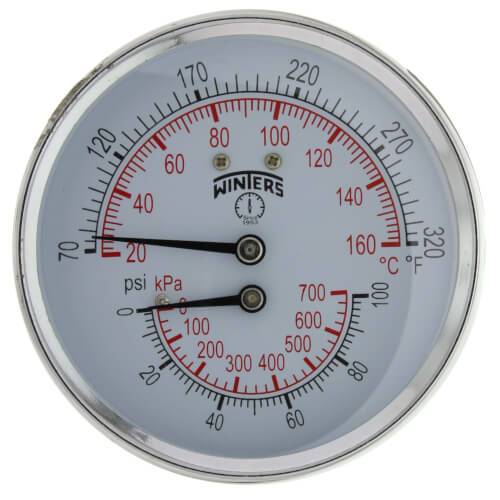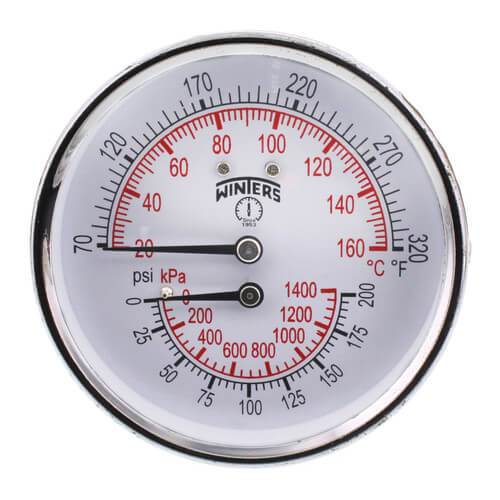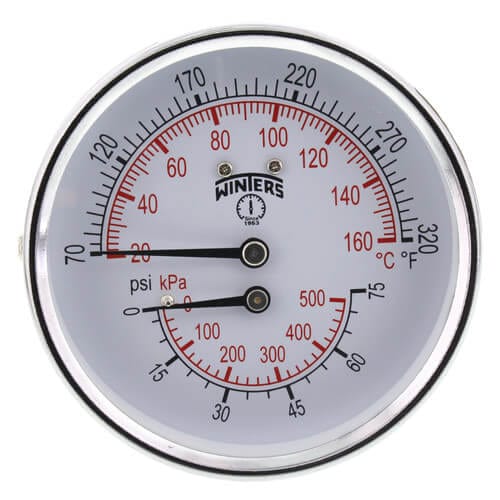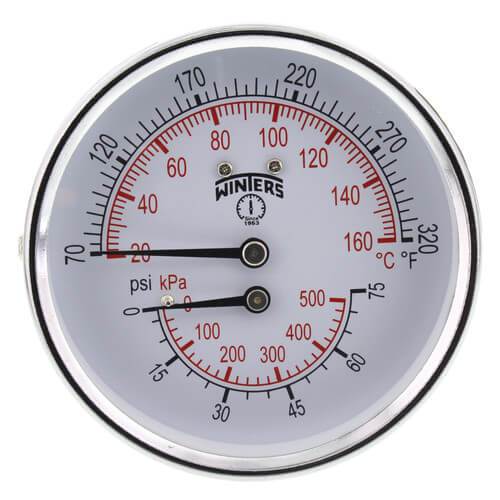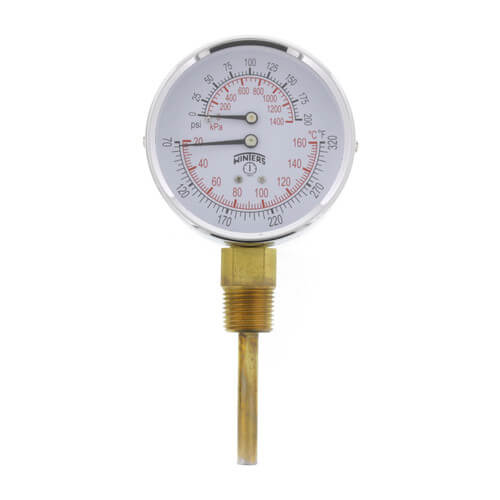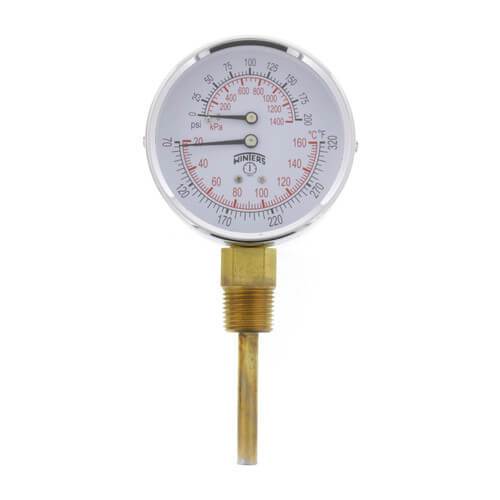About Different Types of Gauges
Pressure gauges are devices used to measure and display the pressure of fluids or gases in a system. They are commonly used in various industries, including plumbing, HVAC, manufacturing, and automotive, to monitor and control pressure levels. Here are some key features and information about pressure gauges:
-
Types of Pressure Gauges: a. Bourdon Tube Gauge: This is the most common type of pressure gauge. It consists of a curved tube that deforms under pressure, which is then translated into a reading on the gauge's dial. b. Diaphragm Gauge: These gauges use a flexible diaphragm that deforms under pressure to measure and display the pressure reading. c. Digital Pressure Gauge: Instead of a dial, these gauges have a digital display that directly shows the pressure reading. They often offer additional features like data logging, peak pressure recording, and customizable units of measurement. d. Differential Pressure Gauge: These gauges measure the difference in pressure between two points in a system. They are commonly used for monitoring filters, air flow, and HVAC systems.
-
Pressure Measurement Units: Pressure gauges can measure pressure in different units, such as psi (pounds per square inch), bar, kPa (kilopascal), MPa (megapascal), or mmHg (millimeters of mercury). Make sure the pressure gauge you choose matches the unit of measurement required for your application.
-
Pressure Range: Pressure gauges are available in various pressure ranges to accommodate different applications. It is important to select a gauge that can handle the maximum pressure expected in the system while leaving some headroom for safety and accuracy.
-
Accuracy: The accuracy of a pressure gauge refers to how closely it measures the true pressure. Gauges with higher accuracy are typically more expensive but offer more precise readings. The accuracy of a gauge is usually specified as a percentage of the full-scale range.
-
Mounting Options: Pressure gauges can be mounted directly onto the system or installed remotely using a capillary tube. Remote mounting allows for pressure measurement in hard-to-reach or hazardous locations.
-
Wetted Parts: The wetted parts of a pressure gauge are in direct contact with the fluid or gas being measured. It is important to select a gauge made from compatible materials that can withstand the properties and characteristics of the media being measured.
-
Maintenance and Calibration: Regular calibration and maintenance are important for ensuring the accuracy and reliability of pressure gauges. Periodic checks and calibration by a qualified professional can help detect any deviations and maintain the gauge's performance.

